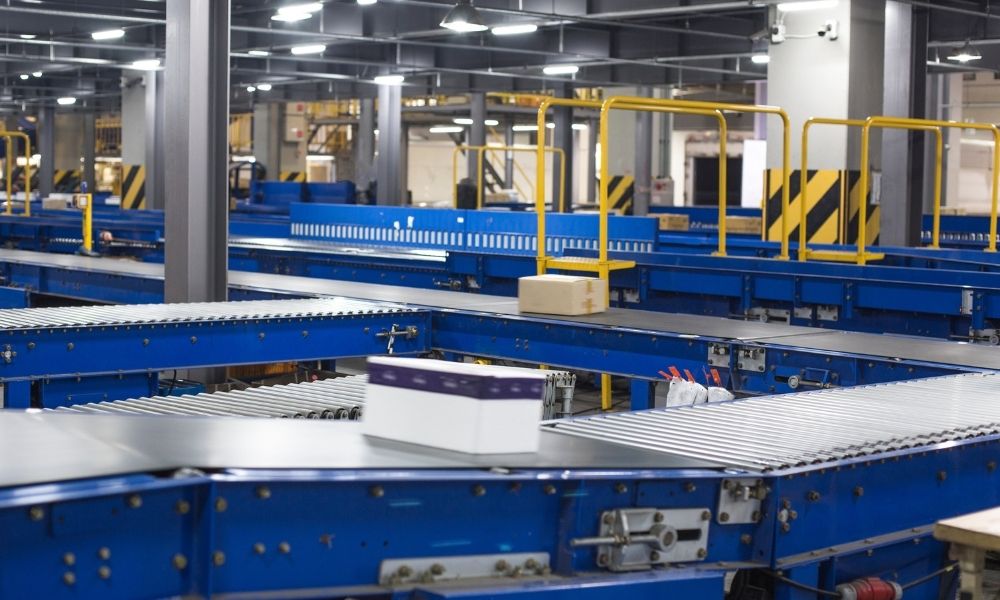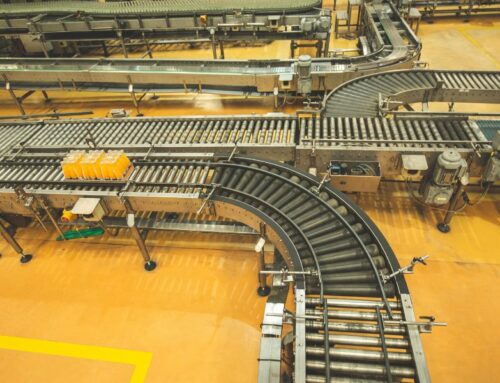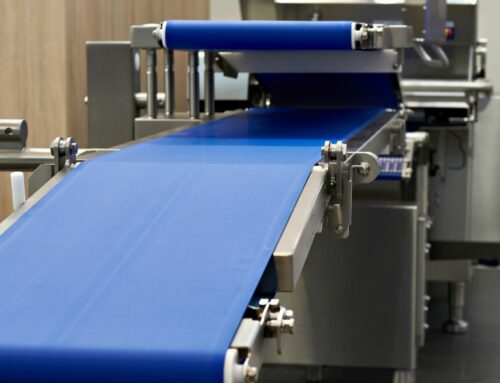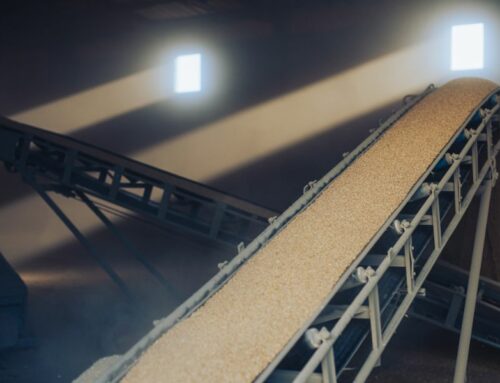
The goal for any company is to keep production freely flowing without any qualms. However, it’s challenging to be perfect every step of the way. These are four tips to increase your conveyor’s efficiency.
Master Your Settings
Evaluate the loads your conveyors will be hauling. Zeroing in on the weight and size determines the conveyor type that suits you. Other product characteristics, such as heat and texture, might also influence the decision. Ultimately, it’s better to discuss design ideas with a conveyor specialist to explore all possibilities.
Another way to increase efficiency is having the conveyor pull rather than push. Pushing is far less productive than pulling. Your conveyor might lose up to half of its load capacity when pushing.
Lastly, consider the flow rate and learn the precise speed your conveyor needs. You might realize that you can speed things up without a hitch. Conversely, if you try to shoot for the stars, it may be too fast, and mistakes end up costing more time.
Preventative and Ongoing Maintenance
Taking the effort to examine and maintain your conveyor saves money over time and may avert a severe breakdown that destroys commodities, puts personnel in jeopardy, or creates delays.
Make it a habit to perform the recommended maintenance checks. Additionally, urge your crew to keep records of each inspection to have data if any red flags arise.
Stringent cleaning measures are also a way to minimize wear and tear. Plus, it’s vital to have a clean machine when you’re handling food and pharmaceuticals because of contamination concerns.
Finally, don’t hesitate to fix something before it breaks down completely. Shoddy parts are inevitable, so preventative maintenance checks help discover when something is on its last leg. There shouldn’t be any downtime when you replace parts as needed.
Eliminate Dust
One indirect efficiency hack that comes with choosing the correct conveying system is eliminating a separate dust collecting system. Dust collecting systems frequently employ compressed air to cleanse the atmosphere.
A mechanical conveyor makes the need for a pricey dust collector system moot. This ends up saving power, minimizing safety hazards, and reducing maintenance efforts.
Safety First
Companies must guarantee that they properly install the conveyor to achieve the maximum productive capacity. Additionally, creating safe workstations helps limit mishaps. Design stations ergonomically to reduce the risk of workers hurting themselves.
Little things, like accommodating your tallest and smallest employees, keep productivity flowing. Encourage your employees to report any safety concerns they have and recommendations for making the conveyor job more straightforward and efficient.
These four tips to increase your conveyor’s efficiency go a long way in getting the most out of everyone involved. Redline Systems has the best options available for conveyor needs, including our cleated conveyor, a real asset for handling any material. We’re happy to help assist you in any of your conveyor endeavors.



